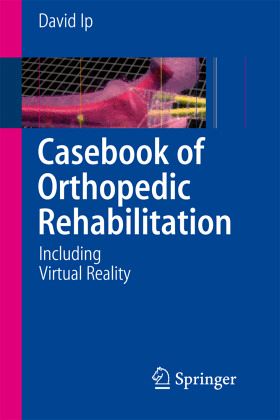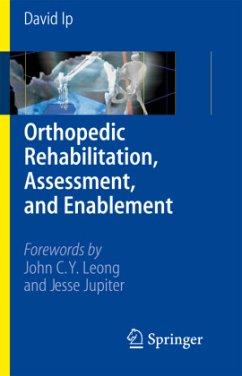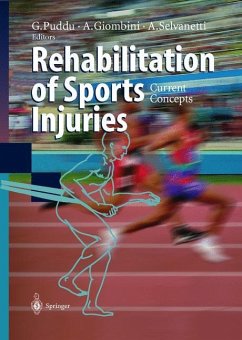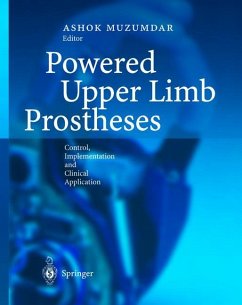
Casebook of Orthopedic Rehabilitation
Including Virtual Reality

PAYBACK Punkte
19 °P sammeln!
Through real life examples, this book illustrates the rehabilitation ideas and principles taught in its companion text. It also covers newer paradigm shifts in the management of osteoporosis with special emphasis on the emerging importance of virtual reality.
As the name implies, this "casebook" contains a series of clinical cases on various topics in orthopedic rehabilitation that the author encountered over his 23 years of practice ranging from the extremely common co- ditions like knee arthritis, to newer technologies evolved in the recent years including the use of smart materials in orthopedics, hypergravity stimulation therapy, and virtual reality. Many of us must have encountered difcult real life hurdles to - habilitation in real clinical practice in which patients have difculty in coming back for rehabilitation either because they live very far away, or they do not really have adequate time, or they simply only agree for home-based rehabilitation for various reasons. In these case scenarios, no matter how good a "protocol" one has on hand, it will be difcult to achieve the expected result. When the author was still young, he made the common mistake of accepting lesser outcomes from these patients saying to myself that it is aquestion of compliance. However, with large strides in computer engineering, even rural district patients can have acceptable rehabilitation as long as they have a telephone line and the right computer hardware and sofware and input-output devices to - fect tele-rehabilitation via the aid of virtual reality rather than just rel- y ing on video conferencing alone.













